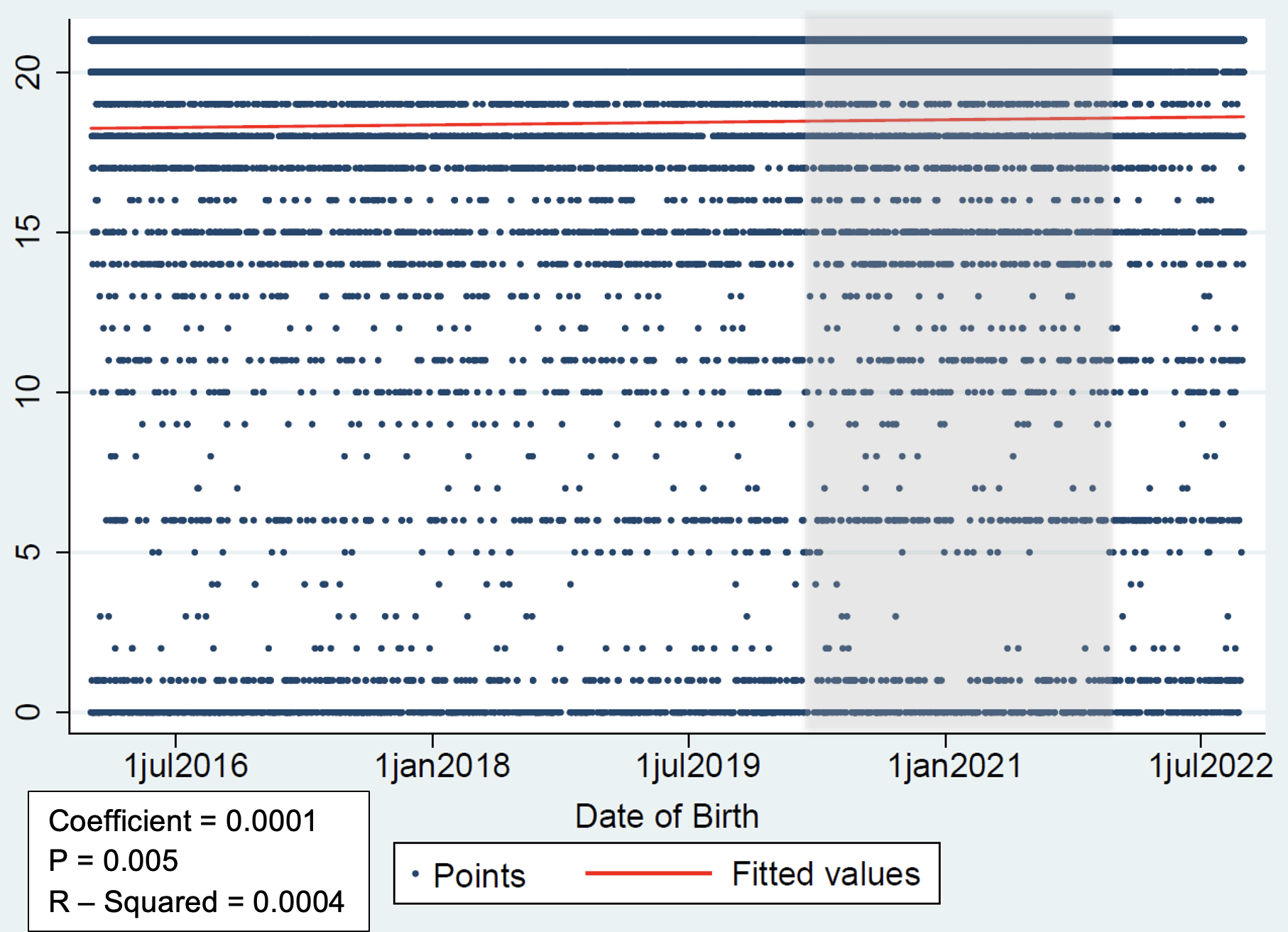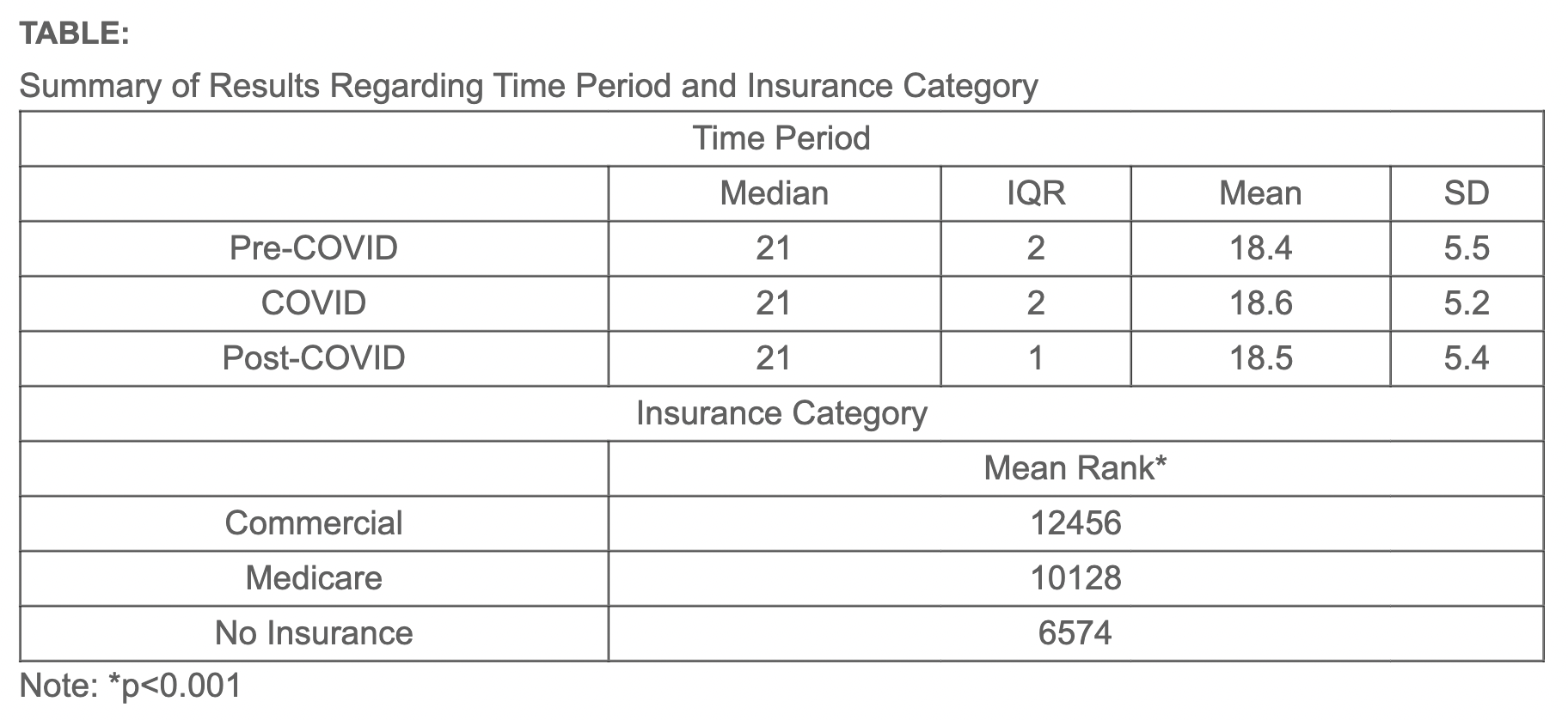Immunizations/Delivery 2
Session: Immunizations/Delivery 2
682 - Did COVID-19 Affect Pediatric Immunization Rates?
Friday, April 25, 2025
5:30pm - 7:45pm HST
Publication Number: 682.4232
Katelyn S. Stenger, University of Hawaii, John A. Burns School of Medicine, Honolulu, HI, United States; Sophia Lee, University of Pittsburgh, Mililani, HI, United States; Loren G. Yamamoto, University of Hawaii, John A. Burns School of Medicine, Honolulu, HI, United States

Katelyn S. Stenger, Medical Student (she/her/hers)
Medical Student
University of Hawaii, John A. Burns School of Medicine
Honolulu, Hawaii, United States
Presenting Author(s)
Background: The World Health Organization released a report in 2019 stating that
immunization hesitancy was one of the top 10 threats to global health. Previous studies from the CDC have shown a decrease in immunization coverage during the COVID-19 period. In addition, the COVID-19 pandemic has caused an accelerated spread of immunization misinformation through increased social media misuse. To reduce the effects of COVID-19 and immunization misinformation, Hawaiʻi Health Partners (HHP), an accountable care organization (ACO) centered around a four-hospital healthcare system, implemented a quality improvement program to address declining immunization rates. This study assessed the immunization status of children at age 20 months prior to, during, and after the COVID-19 pandemic in Hawaiʻi.
Objective: The objective of this study is to assess the impact of COVID-19 on pediatric immunization rates in children at age 20 months within the Hawai'i Pacific Health patient population. In addition, this study will look at the effects of insurance category and primary language on immunization rates.
Design/Methods: We collected the immunization history of patients within HHP. We included children born between January 1, 2016 and September 30, 2022 encompassing the pre-COVID, COVID, and post-COVID period up until June 2024. Patients were assigned one point for each completed routine childhood immunization by the age of 20 months. Immunization status was determined using the total point value per patient. Further analysis was run on the relationship between insurance category (commercial, Medicaid, no insurance) and primary language (English as primary language, other primary language) on immunization status.
Results: The point total for the 20,843 patients across pre-COIVD (12,795 patients), COVID
(5,203 patients), and post-COVID (2,845 patients) time periods were analyzed. Linear regression showed: coefficient = 0.11, p-value = 0.029, R-squared = 0.0002 indicating that immunization rates increased over the three time periods. Commercial insurance patients had higher immunization points (mean rank 12456), followed by Medicaid insurance (mean rank 10128), and No insurance (mean rank 6574), p< 0.001 (Kruskal Wallis).
Conclusion(s): Our study indicates the successful maintenance of high immunization rates in HHP
primary care practices despite vaccine misinformation during the COVID-19 pandemic in
association with its quality improvement program.
Total Point Value for Each Individual Patient By Date of Birth
 This scatterplot displays all patients within our population (20,843) in regards to their date of birth and total vaccination points received. By linear regression, we found that the amount of total points significantly increased over time (p = 0.005). The COVID period is highlighted in grey to distinguish the pre-COVID, COVID, and post-COVID periods.
This scatterplot displays all patients within our population (20,843) in regards to their date of birth and total vaccination points received. By linear regression, we found that the amount of total points significantly increased over time (p = 0.005). The COVID period is highlighted in grey to distinguish the pre-COVID, COVID, and post-COVID periods.Summary of Results Regarding Time Period and Insurance Category
 This table displays the median, interquartile range, mean, and standard deviation for patients between the Pre-COVID, COVID, and Post-COVID periods. In addition, we also looked at the effects of the insurance category on immunization status. By Kruskal Wallis, found that patients with commercial insurance had a significantly higher immunization rate than patient with Medicare and No Insurance.
This table displays the median, interquartile range, mean, and standard deviation for patients between the Pre-COVID, COVID, and Post-COVID periods. In addition, we also looked at the effects of the insurance category on immunization status. By Kruskal Wallis, found that patients with commercial insurance had a significantly higher immunization rate than patient with Medicare and No Insurance. 
